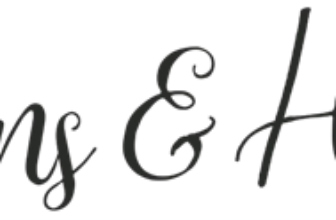
Exactly What Is Memory Foam?
[ad_1]
Memory foam mattresses quite literally, fell from outer space into our bedrooms. And this space aged technology is revolutionising the bedding world, offering greater sleep comfort than was previously possible. The following is a brief history of how this remarkable product came about.
Memory foam was originally developed by NASA to ease the pressure of extreme G-forces during space shuttle take off. However, it was never used in the space program. The initial memory foam, known as T-foam, gave off too much obnoxious gas for it to be used in a closed environment, such as a bedroom. T-foam also wasn’t very durable – it would often compress or crack over time.
However, a small Swedish company called Tempur-Pedic saw the promise of this new material. Tempur-Pedic worked on and refined its version of memory foam; eventually manufacturing a version of memory foam it called TEMPUR. Initially the manufacturing process was expensive and the mattress was only sold to medical establishments that needed mattresses for patients that suffered back problems or from pressure point pain. The improvement of patients’ sleep was astounding. Thankfully, the company realized the vast commercial profit that could be made by selling memory foam mattresses to the general public. The manufacturing process was further refined and costs were reduced – although the Tempur-Pedic still remains an expensive purchase, and shortly after, an affordable Tempur-Pedic memory foam mattress went on sale to the general public.
But exactly how does memory foam work?
Memory foam conforms to the exact shape of the sleeper’s body. It is a very soft material and isn’t able to provide the support necessary, which is why it is often used as a topper on mattresses.
Foam has been used in mattresses for many years. It compresses under body weight and later springs back to its original shape. But memory foam mattresses just don’t compress; they mould to the shape of the sleeper’s body and they don’t spring immediately back into their original shape. The cells of a memory foam mattress employ an open cell structure, which means the cells of foam have holes in them. These compress fully and spread their air pressure to adjoining cells. This feature of memory foam is what really helps to reduce pressure points.
As well as yielding under weight, the cells of a memory foam mattress are heat sensitive; the more heat the more they compress. Temperature sensitivity helps the memory foam mattress to further conform to the exact shape of the sleeper’s body.
Is all memory foam the same?
No. Many manufactures now claim to make memory foam mattresses. However, the cell structure of the memory foam isn’t always the same. Some are made from low density memory foam or layered with other, cheaper foam products – to keep costs down. As a guideline, the mattress should have at least 3″ of 5 lb density memory foam. A thickness of 2″ may be adequate but a 3″ memory foam mattress does give a better ‘feel’. Buying thicker than 3″ does have a drawback; memory foam is a soft material and, over time, can loose its shape. You can buy a 4″ topper, but you would expect to replace this at some point in the future.
If you’re seriously thinking of buy a memory foam mattress then buy one from one of the more reputable and established manufacturers. A memory foam mattress from Serta or Sealy is a good option as is buying from the original – and market leader – Tempur-Pedic.
[ad_2]
Source by Robin Cassidy



